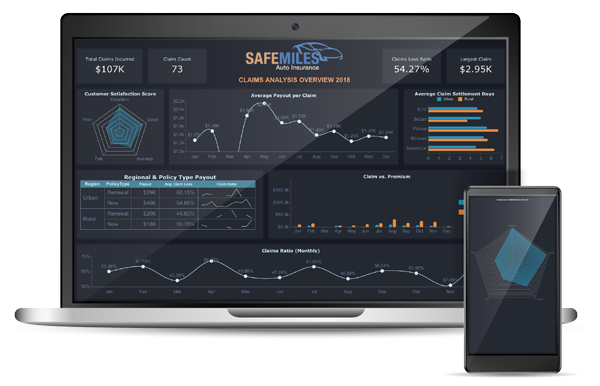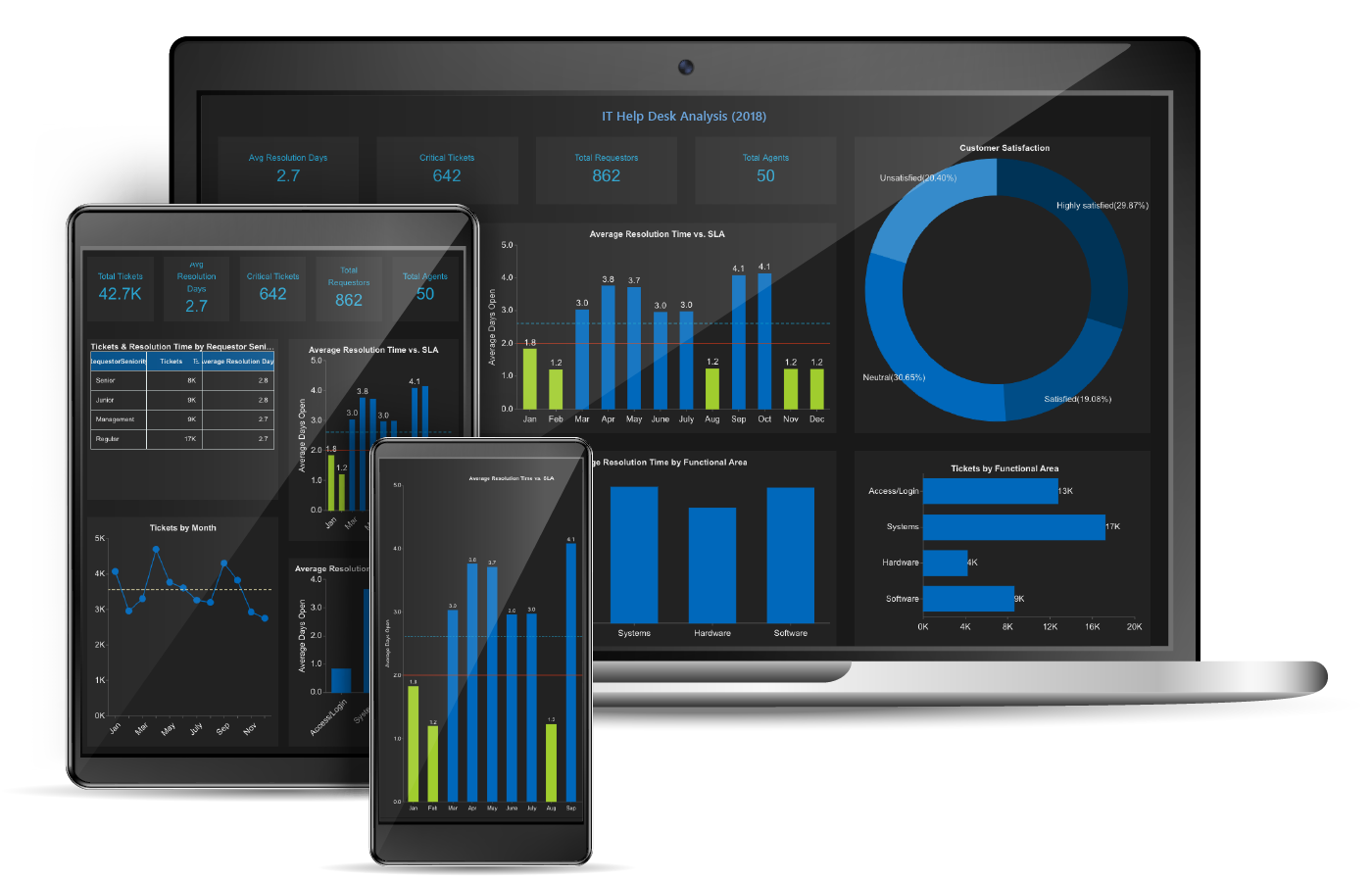Imagine trying to assemble a piece of furniture at home, but the instructions are in an unfamiliar language. You can follow the diagrams and use a translation app on your phone, but it can still be a confusing and frustrating process.
Even if you have the right tools for the job—like a hammer, screwdriver and cordless drill—those won’t help if you’re unable to follow the instructions properly. The same can be said of business tools. For example, if companies want users to adopt business intelligence (BI) tools, those tools need to be user-friendly and adaptable.
Maybe your company has a distributed workforce or operations outside of North America, where the native language isn’t English. Or maybe your products or services are only available in English. If this is the case, your company could be missing out.
How localization helps customers and employees
If customers can’t read it, they won’t buy it, according to CSA Research. In the aptly named report, Can’t Read, Won’t Buy – B2C, which analyzed language behavior in 29 countries, the research firm found that 65 per cent of consumers prefer content in their own language and 40 per cent wouldn’t buy a product or service if it wasn’t available in their language.
If your company is looking to expand into new markets, it’s worth looking into localization options that allow you to authentically tailor your offering to customers’ language needs—especially considering that only 26 per cent of Internet users are English speakers.
It’s also worth considering how localization can help a global workforce or distributed teams do their job. When it comes to BI, for example, localization can help employees feel comfortable with self-service tools, ultimately increasing their adoption and usage.
Expanding these options at home is a smart move, too. In the U.S., for example, 13 per cent of the population speaks Spanish at home (even if they also speak English). Ignoring that market and not providing localization options—for customers or employees—means losing a competitive advantage.
Beyond translation: Taking nuances into account
Localization, however, goes beyond just words. ‘Localization’ isn’t the same thing as ‘translation’ and they shouldn’t be used interchangeably. Translation converts text from one language to another, but localization is much broader, taking cultural factors into account.
For example, localization considers language nuances. An English word may mean something entirely different in another language, or even in another English-speaking region or country. An obvious one is the word ‘football,’ which in most of Europe and Latin America refers to what North Americans know as soccer.
While some of these nuances may be harmless, in other cases they could be offensive or simply confusing. Understanding and catering to these language nuances or local preferences can help your company overcome barriers to onboarding new employees or entering new markets.
Wyn’s BI dashboards and reports, for example, allow authors to localize titles and labels, text explanations and data visualizations. There’s even support for regional language variations, such as British or Australian English.
Localizing business tools—not just content
While it’s important to localize content, that’s not enough. To truly enhance the user experience, you also need to localize your software. That means localizing the user interface—such as menus, labels and dialogue boxes—as well as adapting the software to cultural norms and even legal, security and privacy requirements.
If you’re localizing content into languages that don’t use the alphabet, such as Japanese or Arabic, the layout of the user interface will need to be adjusted accordingly. For example, in addition to regional language options, Wyn’s custom localization supports right to left languages such as Arabic and different number/date formats.
This is particularly important for self-service BI. If users are confused and frustrated by an interface that doesn’t make sense to them, they’re not going to use it—or, at the very least, they won’t get much intelligence out of it.
By prioritizing localization, you can improve the user experience, cater to a more diverse workforce and expand your customer base—at home and abroad.
Find out about Wyn’s new internationalization enhancements, which include an optimized language pack design with a new built-in language pack editor in the admin portal; support for language pack export to Excel for translation outside of the server; support for document name localization; and support for category name localization.






























